Table of content
Introduction
Mint, scientifically known as Mentha, is a vibrant, aromatic herb celebrated globally for its refreshing taste and culinary versatility. Beyond its role as a flavor enhancer, mint boasts an impressive nutritional profile that supports digestion, boosts immunity, and promotes overall well-being. This article explores the science-backed health benefits of mint, its nutritional composition, and innovative methods to incorporate it into your daily diet. Whether you’re a seasoned chef or a health-conscious individual, discovering the myriad ways to consume mint can elevate both your meals and your health.
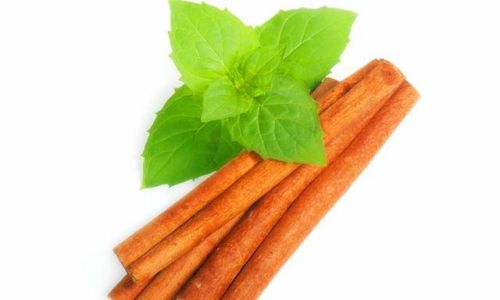
The Nutritional Profile of Mint
Mint leaves are a low-calorie powerhouse packed with essential vitamins, minerals, and antioxidants. A 100-gram serving of fresh mint leaves contains approximately:
- 44 calories
- 7 grams of dietary fiber (15% of the Daily Value, DV)
- Vitamin A: 224% DV (crucial for eye health and immune function)
- Vitamin C: 67% DV (a potent antioxidant that supports skin health and immunity)
- Folate (B9): 16% DV (vital for cell repair and DNA synthesis)
- Iron: 27% DV (essential for oxygen transport and energy production)
- Calcium: 24% DV (supports bone health and muscle function)
- Magnesium: 14% DV (aids in nerve function and blood sugar control)
Additionally, mint is rich in polyphenols, including rosmarinic acid and flavonoids, which have anti-inflammatory and antimicrobial properties. These compounds neutralize free radicals, reducing the risk of chronic diseases like heart disease and cancer.
Health Benefits of Mint
Digestive Aid
Mint has long been used to soothe gastrointestinal issues. Its active compound, menthol, relaxes the muscles of the digestive tract, alleviating bloating, gas, and indigestion. Studies suggest that mint tea may reduce symptoms of irritable bowel syndrome (IBS) by easing abdominal pain and cramping.

Immune Support
The high vitamin C content in mint strengthens the immune system by stimulating the production of white blood cells. Its antioxidants also combat oxidative stress, lowering the risk of infections and chronic inflammation.
Respiratory Health
Menthol acts as a natural decongestant, loosening mucus and clearing airways. Inhaling mint steam or consuming mint tea can relieve symptoms of colds, allergies, and asthma.
Skin Health
Mint’s antimicrobial properties make it effective against acne-causing bacteria. When applied topically, mint extracts can reduce inflammation and soothe irritated skin. Its vitamin A content also promotes cell regeneration, enhancing skin elasticity.
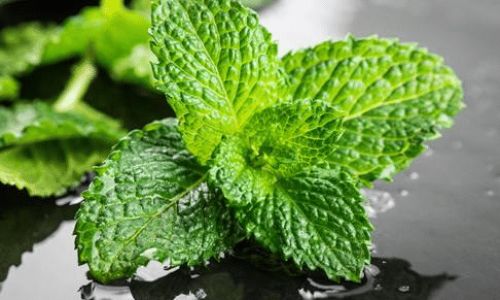
Cognitive Boost
The aroma of mint has been linked to improved alertness and memory. Research indicates that inhaling mint essential oil may enhance cognitive performance and reduce fatigue.
Creative Ways to Incorporate Mint into Your Diet
Fresh and Raw
- Salads: Toss mint leaves into green salads with cucumber, feta cheese, and a lemon vinaigrette.
- Smoothies: Blend mint with spinach, pineapple, and coconut water for a nutrient-packed breakfast.
- Garnishes: Use mint sprigs to elevate dishes like grilled lamb, lemon chicken, or chilled soups.
Herbal Teas and Infusions
- Mint Tea: Steep fresh or dried mint leaves in hot water for 5 minutes. Add honey or ginger for extra flavor.
- Iced Mint Lemonade: Combine mint-infused water with lemon juice, stevia, and ice for a refreshing summer drink.
Culinary Innovations
- Mint Chutney: Blend mint, cilantro, green chilies, lime juice, and roasted peanuts for a tangy dip.
- Mint Pesto: Replace basil with mint in traditional pesto recipes and toss with whole-grain pasta.
- Mint-Infused Oil: Simmer mint leaves in olive oil, then strain and drizzle over roasted vegetables or salads.
Desserts and Sweets
- Mint Sorbet: Blend fresh mint, lime zest, and honey, then freeze for a guilt-free dessert.
- Chocolate-Mint Bites: Dip fresh mint leaves in dark chocolate and freeze for a decadent snack.
- Mint Yogurt Parfait: Layer Greek yogurt, mint leaves, berries, and granola in a glass.
Savory Dishes
- Mint Rice: Sauté mint with garlic, onions, and spices, then mix with cooked basmati rice.
- Mint-Marinated Meats: Marinate chicken or fish in a mint-yogurt sauce before grilling.
- Mint Tabbouleh: Add chopped mint to bulgur wheat, parsley, tomatoes, and cucumber for a Middle Eastern salad.
Beverages and Cocktails
- Mojito Mocktail: Muddle mint with lime, soda water, and a touch of agave syrup.
- Mint-Infused Water: Add mint sprigs and sliced cucumber to a pitcher of water for a hydrating drink.
- Mint Hot Chocolate: Stir fresh mint into warm almond milk with dark chocolate chips.
Mint Essential Oil and Supplements
While whole mint leaves are the healthiest option, mint essential oil and supplements offer concentrated benefits. However, caution is advised:
- Essential Oil: Dilute 1–2 drops in a carrier oil (e.g., coconut) for topical use. Avoid ingestion without medical supervision.
- Capsules: Opt for enteric-coated mint oil capsules to prevent heartburn. Consult a healthcare provider before use.
Potential Risks and Precautions
- Allergies: Mint allergies are rare but possible. Discontinue use if symptoms like itching or swelling occur.
- Medication Interactions: Mint may interfere with medications for diabetes or hypertension. Consult a doctor if concerned.
- Pregnancy: Limit mint consumption to moderate amounts, as excessive intake may affect uterine muscles.
How to Select and Store Mint
- Fresh Mint: Choose leaves that are vibrant green and free of wilting. Store in a glass of water (like flowers) in the refrigerator, covered with a plastic bag. Change the water daily for up to a week.
- Dried Mint: Opt for organic varieties without additives. Store in an airtight container away from light.
Growing Mint at Home
Mint thrives in pots or gardens. Plant it in well-drained soil with partial sunlight. Harvest leaves regularly to encourage growth. Common varieties include peppermint (high menthol content) and spearmint (milder flavor).
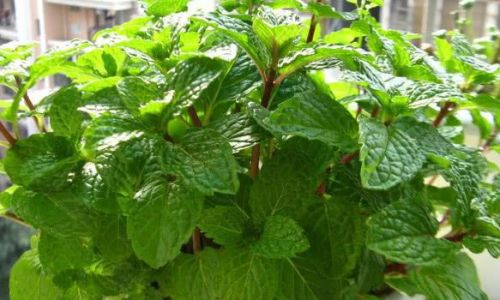
Conclusion
Mint is far more than a garnish—it’s a nutritional powerhouse that enhances both meals and health. From aiding digestion to boosting immunity, its benefits are backed by science. By experimenting with recipes like mint chutney, mint-infused water, or mint pesto, you can enjoy its refreshing flavor while reaping its rewards. Whether grown at home or sourced fresh, mint deserves a permanent spot in your kitchen and wellness routine. Embrace this versatile herb, and let its vibrant taste and health benefits transform your daily life.
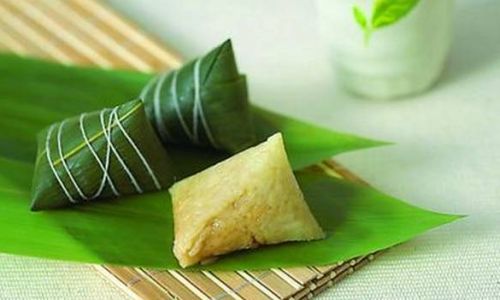


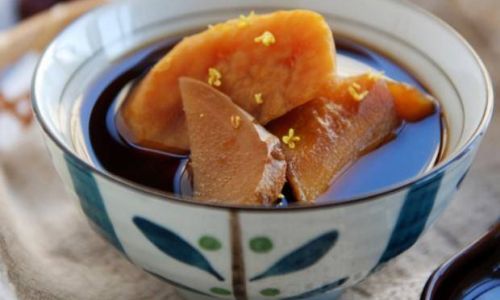


0 comments